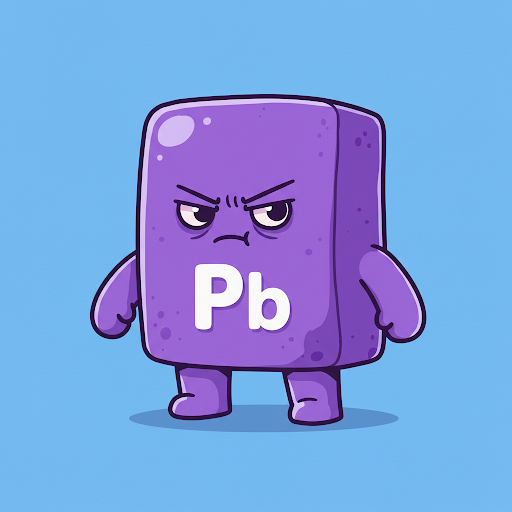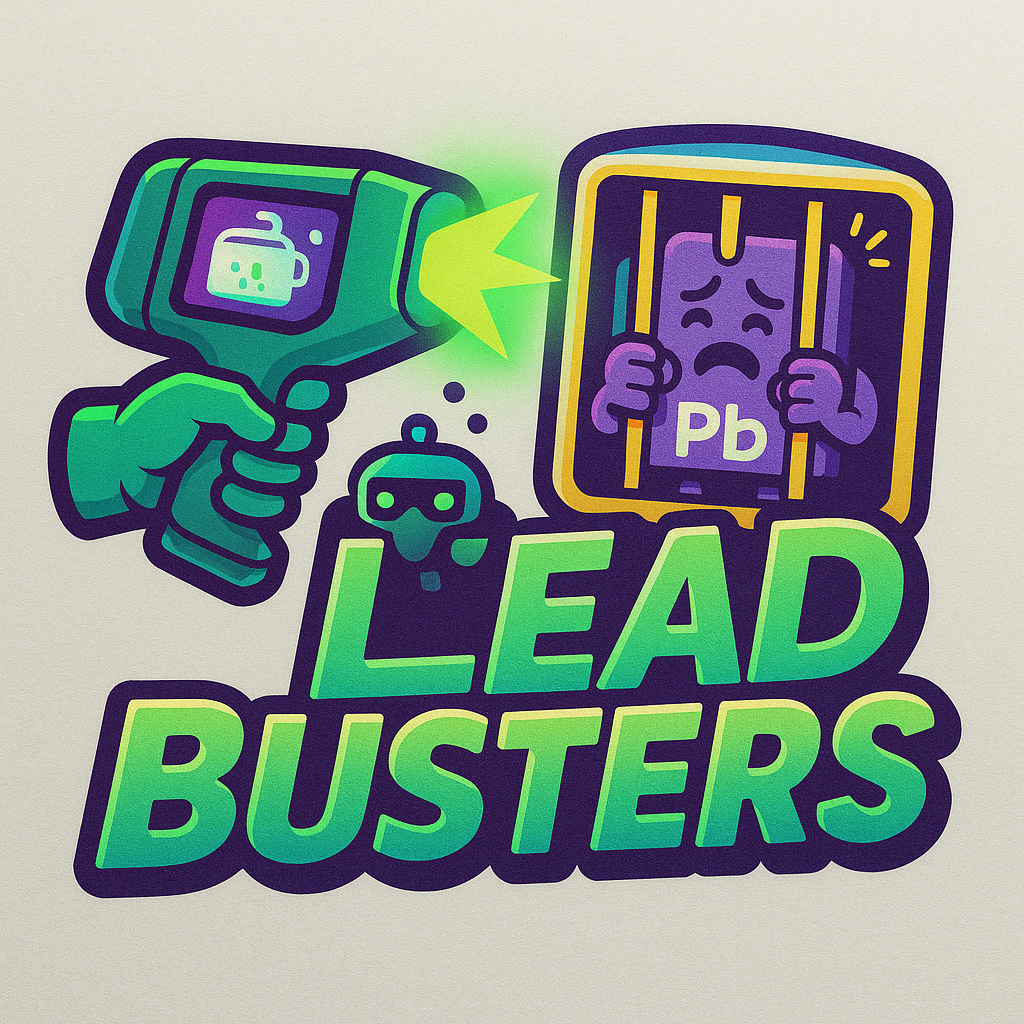Common Household Products Containing Heavy Metals
Many everyday household items can contain dangerous heavy metals like lead, cadmium, mercury, and arsenic. These toxic substances can pose serious health risks, especially to children. This guide will help you identify potential sources of heavy metals in your home and provide guidance on safer alternatives.

"You'll never find all my hiding spots! I've been sneaking into your kitchens, kid's rooms, and even your jewelry boxes for decades!" - Heavy Metal
1. Kitchen Items
The kitchen is one of the most common places to find heavy metals in the home, particularly in cookware and dishes.
| Item |
Potential Metals |
Risk Level |
| Ceramic dishes, especially handmade or imported |
Lead, Cadmium |
High |
| Crystal glassware |
Lead |
High |
| Aluminum cookware |
Aluminum |
Medium |
| Brass fixtures & faucets |
Lead |
Medium |
| Imported or antique tea kettles |
Lead |
Medium |
| Older enameled cast iron |
Cadmium, Lead |
Medium |
| Metal mugs with decorative elements |
Lead |
Medium |
Important: Items that come in contact with food and beverages pose a higher risk as the heavy metals can leach into what you consume, especially with acidic foods and hot liquids.
2. Children's Items
Children are especially vulnerable to heavy metal exposure because their bodies absorb metals at higher rates than adults, and their developing brains and nervous systems are more sensitive to their toxic effects.
- Toys: Especially older or imported toys with paint, metal components, or jewelry parts
- Costume jewelry: Inexpensive children's jewelry can contain high levels of lead or cadmium
- Art supplies: Some pigments in paints, colored pencils, and crayons may contain heavy metals
- Antique toys: Older metal toys or those with older paint formulations
- Polyvinyl chloride (PVC) products: May contain lead stabilizers

"Why should I change my manufacturing process? It's cheaper to use these materials, and most people will never know the difference!" - Corporation
3. Home Decor & Antiques
Older items and decorative pieces often contain heavy metals that were commonly used before regulations restricted their use.
- Antique furniture: May have lead paint or lead-containing components
- Stained glass: Both old and new pieces often contain lead in the frame and sometimes in the glass
- Decorative metalware: Brass, bronze, pewter items may contain lead
- Old painted items: Items from before 1978 likely contain lead paint
- Imported decorative items: Especially items with bright colors or metallic finishes
- Vinyl mini-blinds: Older vinyl blinds may have lead stabilizers that deteriorate and form dust
4. Jewelry
Costume jewelry, especially inexpensive pieces, can contain surprisingly high levels of toxic metals.
- Costume jewelry: Can contain high levels of lead, cadmium, nickel, and arsenic
- Metal beads: Especially those with bright metallic finishes
- Charms and pendants: Often made with lead alloys
- Clasps and other small parts: May contain lead solder
- Imitation pearls: Can have lead-based coating
5. Other Household Sources
- Old plumbing: Lead pipes and solder can leach lead into drinking water
- Electronics: May contain mercury, lead, and cadmium
- Artificial Christmas trees: Older PVC trees often contain lead
- Garden hoses: Many contain lead that can leach into water
- Certain hobby materials: Stained glass, ammunition reloading, jewelry making
- Keys: Most brass keys contain lead
- Fishing equipment: Sinkers and jigs often contain lead

"Don't worry! I'm here to help you find these sneaky heavy metals with my trusty XRF analyzer. Knowledge is your best protection against these toxic invaders!" - Xrayna, Lead Buster
What Can You Do?
- Test suspicious items: Schedule a testing session with Lead Busters to analyze items you're concerned about
- Replace high-risk items: Particularly those that come in contact with food or are handled by children
- Choose safer alternatives: Look for items labeled "lead-free" or "heavy metal-free"
- Wash hands: Always wash hands after handling suspicious items, especially before eating
- Clean carefully: Use damp cleaning methods (not dry dusting) to clean around items that might contain heavy metals
- Stay informed: Regulations change and recalls happen frequently




